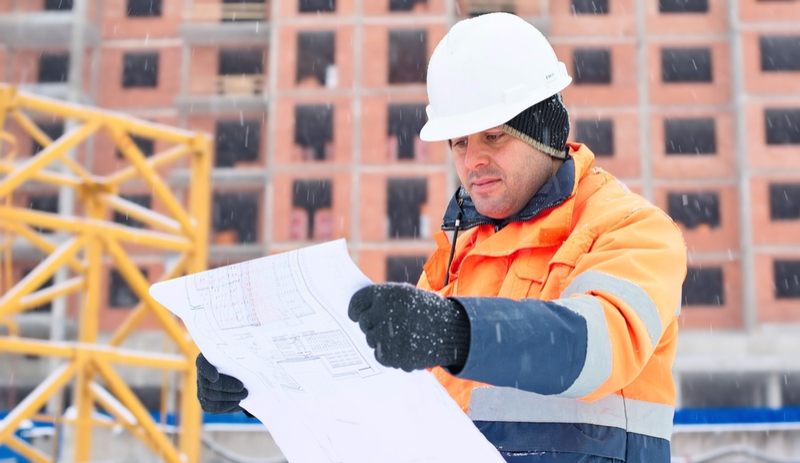F10 notification criteria: ensuring your construction project meets safety requirements

Whether you’re managing a large commercial build or a small refurbishment project, meeting health and safety obligations is critical – and for certain construction projects in the UK, that includes submitting an F10 notification. But what exactly is an F10? What is an F10 notification, and when is F10 notification required?
This guide is here to demystify the F10 notification criteria, walk you through the submission process, and explain the vital role it plays in maintaining workplace safety and legal compliance on construction sites.
What is an F10 notification?
An F10 notification is a formal document required under the Construction (Design and Management) Regulations 2015 (CDM 2015). It is used to notify the Health and Safety Executive (HSE) about certain construction projects before they begin.
The notification allows the HSE to be aware of significant construction activity and ensure that proper safety measures are in place from day one. Think of it as your way of saying: “We’ve got this under control – safely.”
When is F10 notification required?
You’ll need to submit an F10 if your construction project meets any of the following criteria:
• The work will last longer than 30 working days, and there will be more than 20 workers on-site at any one time.
• The project will exceed 500 person-days of construction work in total.
If your project meets either of these thresholds, it is classified as “notifiable” under CDM 2015, and you must ensure that an F10 notification is submitted before work begins.
Who is responsible for submitting the F10?
The client, i.e. the person commissioning the works, is responsible for ensuring that an F10 is submitted, although this task is often carried out by the Principal Designer. The notification must be sent to the HSE via the official online portal.
Once submitted, a copy of the F10 notification should be clearly displayed on-site for all workers and contractors to see. If project details change – such as timescales or key personnel – the F10 should be updated accordingly.
F10 notification criteria at a glance
Let’s summarise the key F10 notification requirements:
• Project exceeds 30 working days and has 20 or more workers on-site at the same time.
• OR, the project involves more than 500 person-days of labour in total.
• Notification must be submitted before work starts.
• The client is legally responsible for the submission.
• An updated copy must be displayed on-site and amended if key details change.
Projects that fall below these thresholds don’t require an F10 – but CDM 2015 regulations still apply, meaning all construction projects must consider health and safety planning.
What information goes into an F10 notification?
You’ll need to provide detailed information about the project to complete the notification.
This includes:
• project address and description
• planned start and end dates
• estimated number of people working on-site
• details of the client, Principal Designer, and Principal Contractor
• description of the type of construction work being undertaken.
Accuracy is essential – submitting incorrect or incomplete details can delay compliance and lead to unnecessary scrutiny.
Why is F10 compliance important?
The F10 notification plays an important role in protecting workers, site visitors, and the public. It ensures the HSE is aware of larger-scale construction activities and allows them to monitor safety standards across the industry.
Failing to meet F10 notification requirements can lead to serious consequences, including:
• legal action against the client or duty holders
• project delays due to compliance issues
• financial penalties or reputational damage
• increased risk of accidents due to poor planning
Submitting an F10 isn’t just a box-ticking exercise – it’s part of a proactive approach to construction site safety.
How can you make the process easier?
The F10 process can feel overwhelming if you're new to CDM 2015 regulations. That's where expert support comes in. Working with a specialist safety partner ensures your legal responsibilities are handled correctly and your project is fully compliant from the outset.
By partnering with a compliance-focused provider, you can:
• get help determining when F10 notification is required
• ensure all safety roles and responsibilities are clearly assigned
• access guidance on planning, managing, and monitoring health and safety
• receive assistance with documentation, audits, and site inspections.
How can phs Besafe help?
At phs Besafe, we specialise in supporting construction firms, property developers, and facilities managers with making sure their workers are equipped with compliant PPE and workwear for every stage of their project. We take safety seriously – so you can focus on delivery.
Our expert staff can offer practical advice to help you understand the implications of what is an F10 notification and to manage your F10 notification requirements
Get in touch today to learn more about our safety services for the construction sector and find out how to keep your team protected and your project fully compliant from day one.